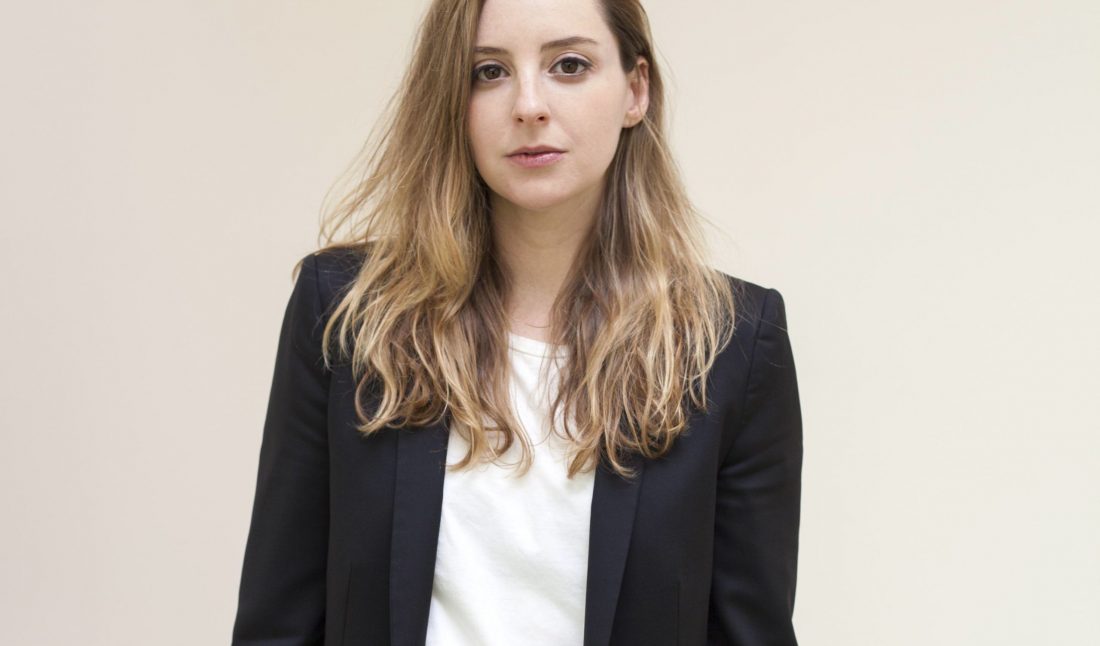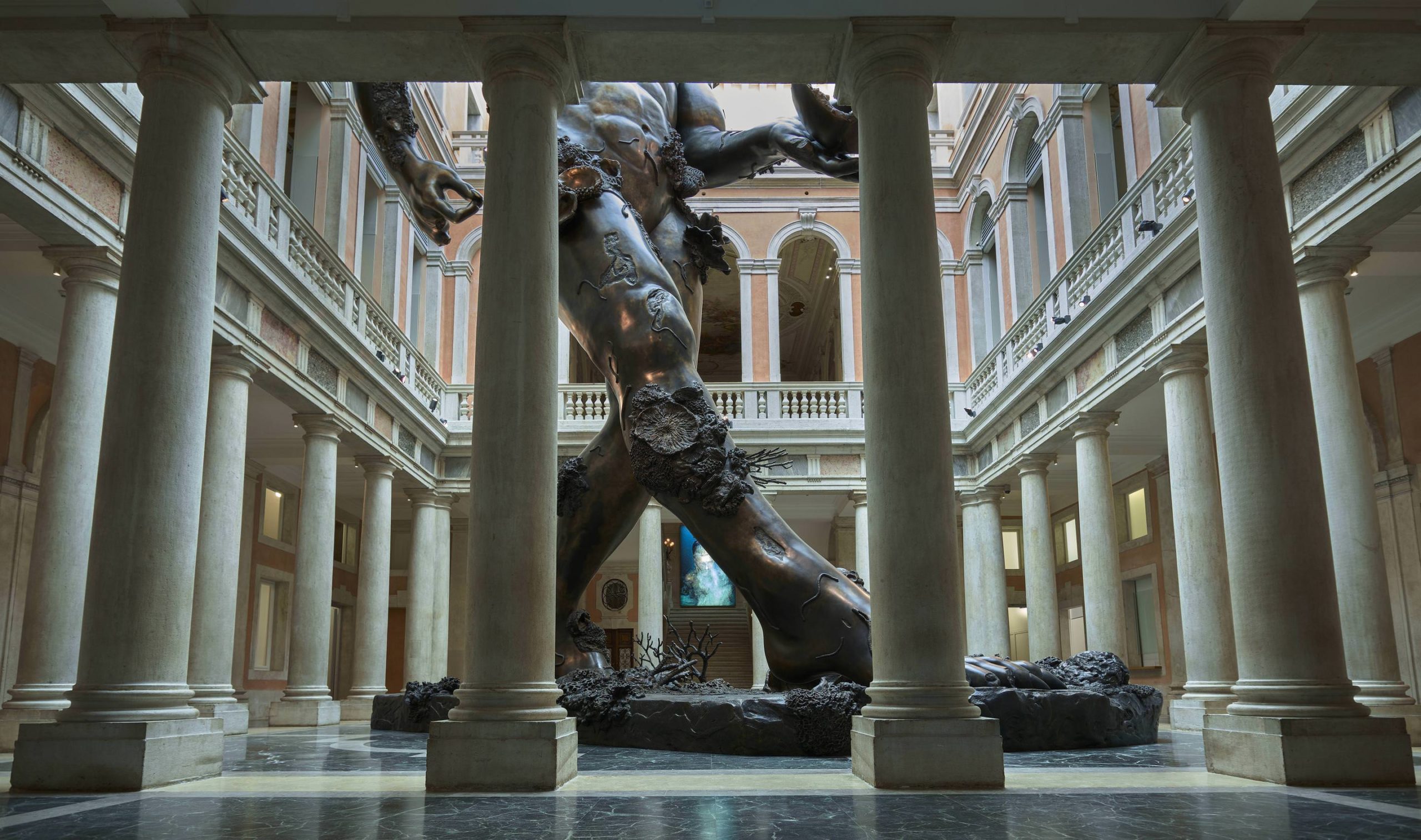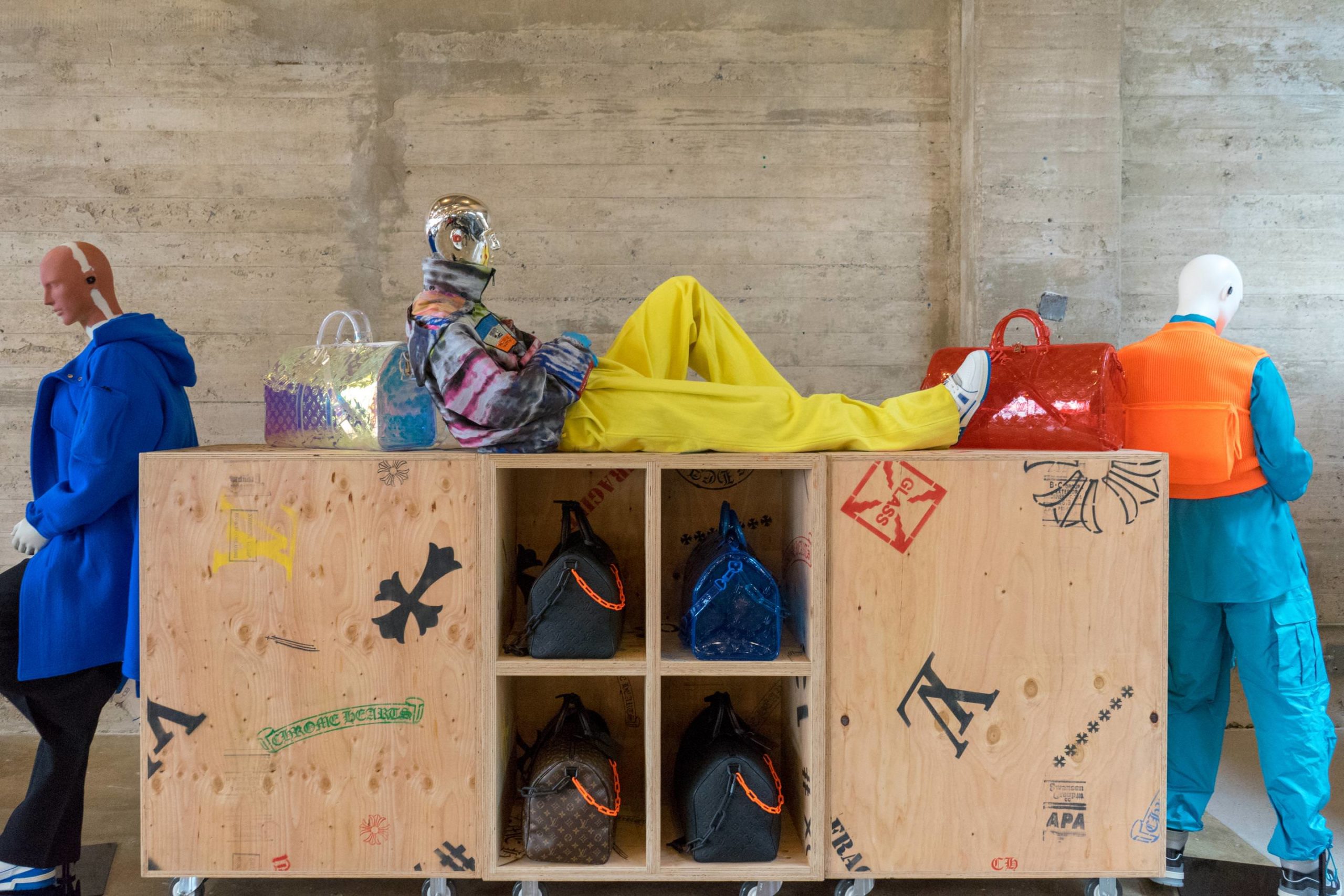Hannah Hoffman opened her eponymous gallery in 2013. Born and raised in Dallas, she grew up in a prominent art-collecting family. After working at Gavin Brown’s enterprise in New York, she moved to Los Angeles to create something of her own—a space that reflected her experiences and reality. She found a community of other dealers and gallerists in L.A. who were supportive, having opened around the same time.
This year, Hoffman has been thinking about what it means to be a gallery today, foregoing the ambitious goal of multiple locations in cities around the world for something entirely different. She’s not afraid to buck expectations—for example, continuing to keep the list of artists she represents off her website.
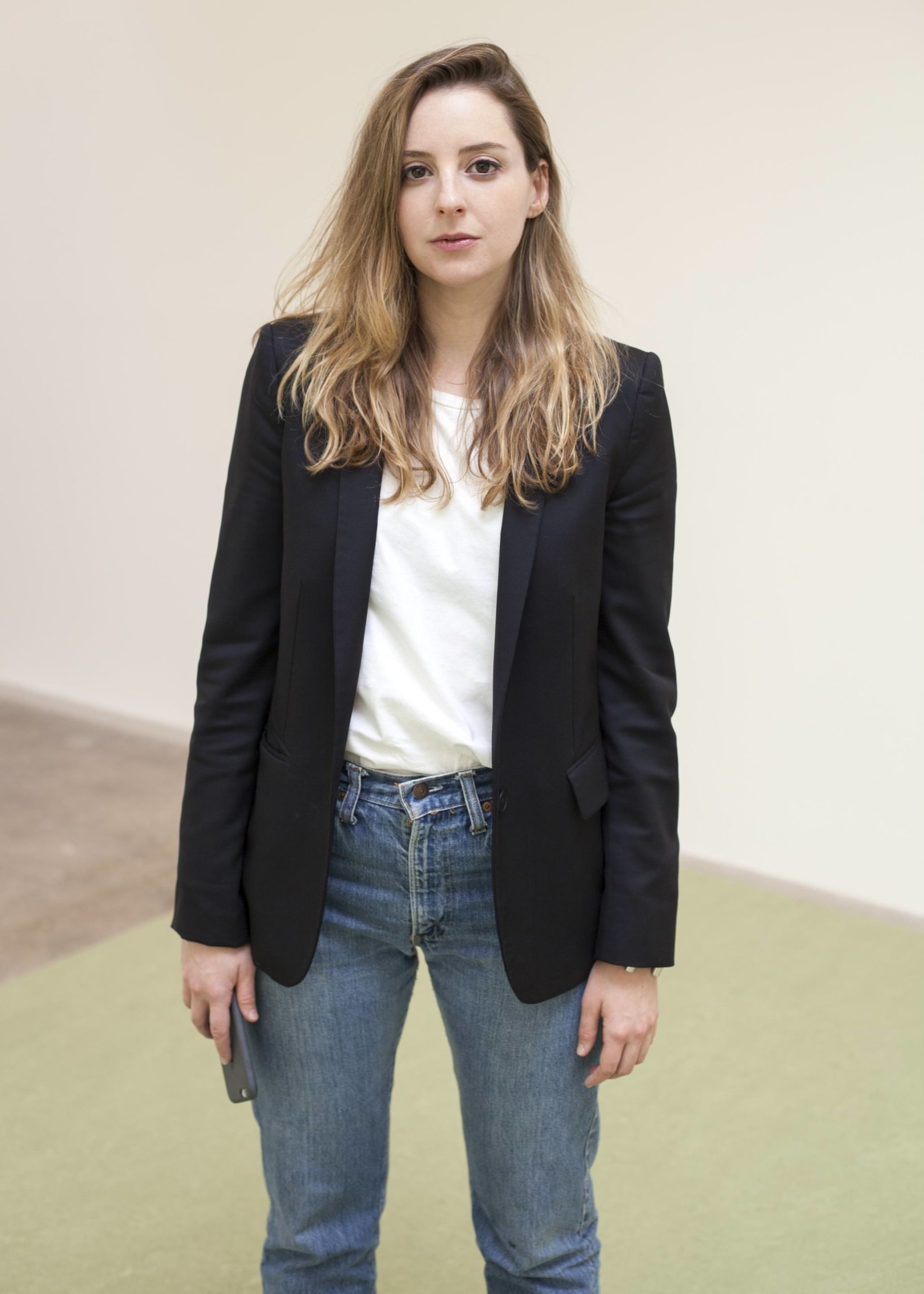 Courtesy of Hannah Hoffman.
Courtesy of Hannah Hoffman.
Whitewall spoke with Hoffman about the benefits of a little confusion in favor of more intimate interactions.
WHITEWALL: When you opened your gallery in L.A., you said it was in reaction to the L.A. landscape, that some things were missing. What kind of gap did you want to fill?
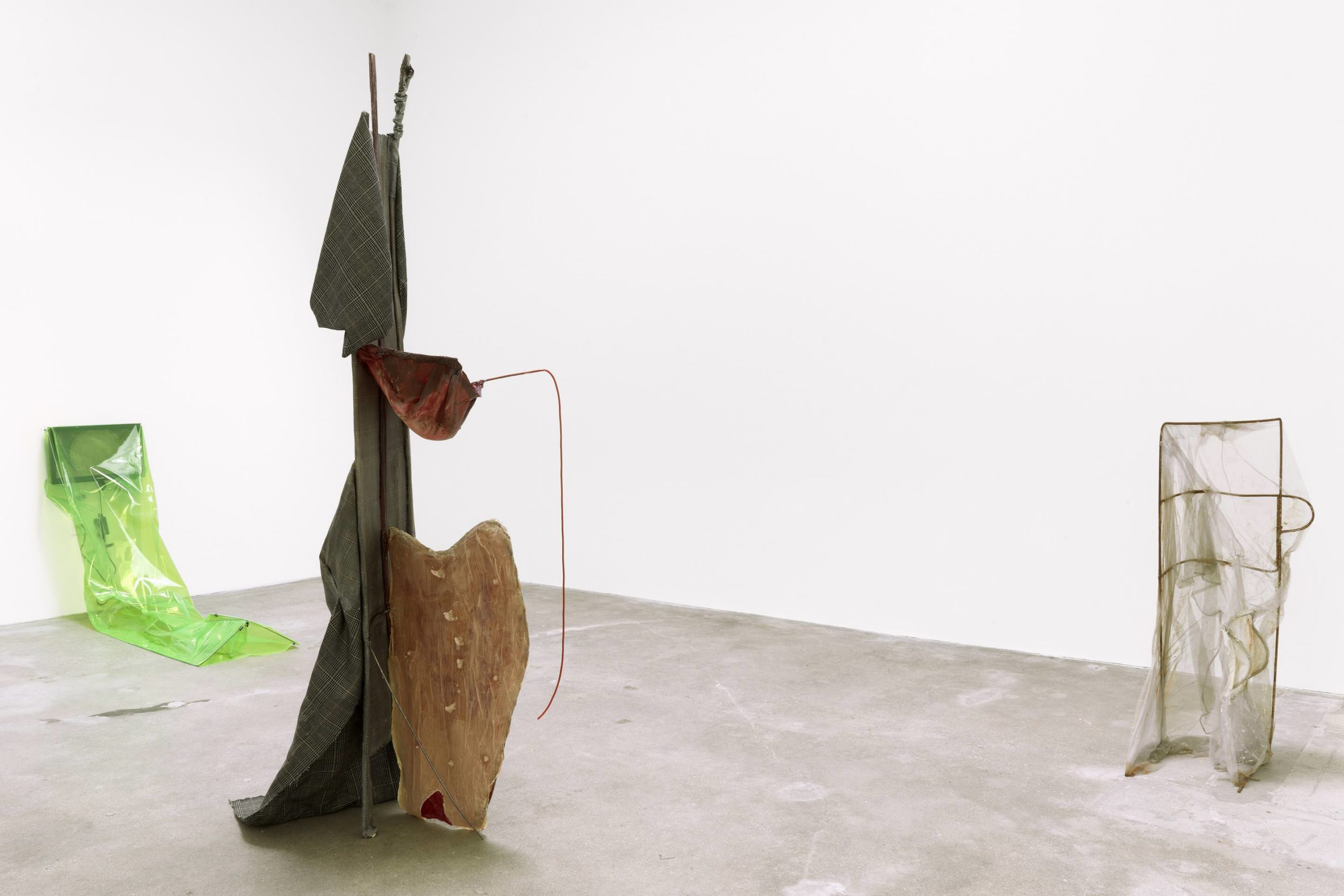 Exhibition view of “On The Brink Of My Sexy Apocalypse”
Exhibition view of “On The Brink Of My Sexy Apocalypse”January 25 – March 11, 2017
Courtesy of Hannah Hoffman Gallery
HANNAH HOFFMAN: Figuring out what is “missing” is very much the lifelong work of having a gallery. A gallery is, in my opinion, often the result of one person not seeing a version of the world they want, and so choosing to create it. This doesn’t discredit what is already there. It is a very hopeful idea, actually.
WW: What do you love about the L.A. art community?
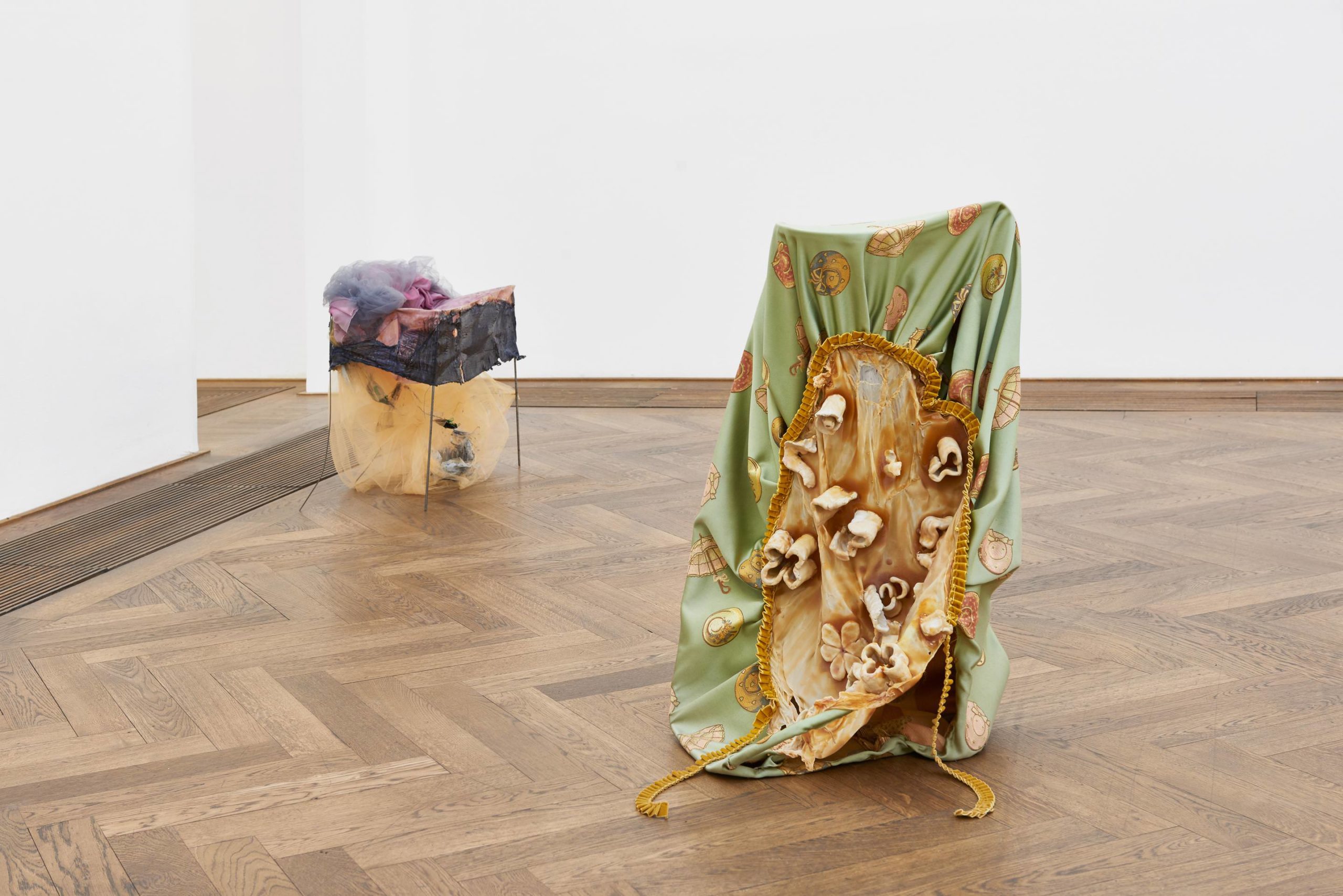 Exhibition view of “On The Brink Of My Sexy Apocalypse”
Exhibition view of “On The Brink Of My Sexy Apocalypse”January 25 – March 11, 2017
Courtesy of Hannah Hoffman Gallery
HH: There is a generation of galleries that opened spaces in L.A. around the same time: Freedman Fitzpatrick, Chateau Shatto, Jenny’s, Park View, Kristina Kite, Karma International’s L.A. location, and, more recently Reena Gaga. In other cities, perhaps the competition or the status quo would keep us a bit separate. But in L.A., we are all spending time with one another and talking to each other. There is a feeling of friendship.
WW: How would you describe your relationship with the artists you present?
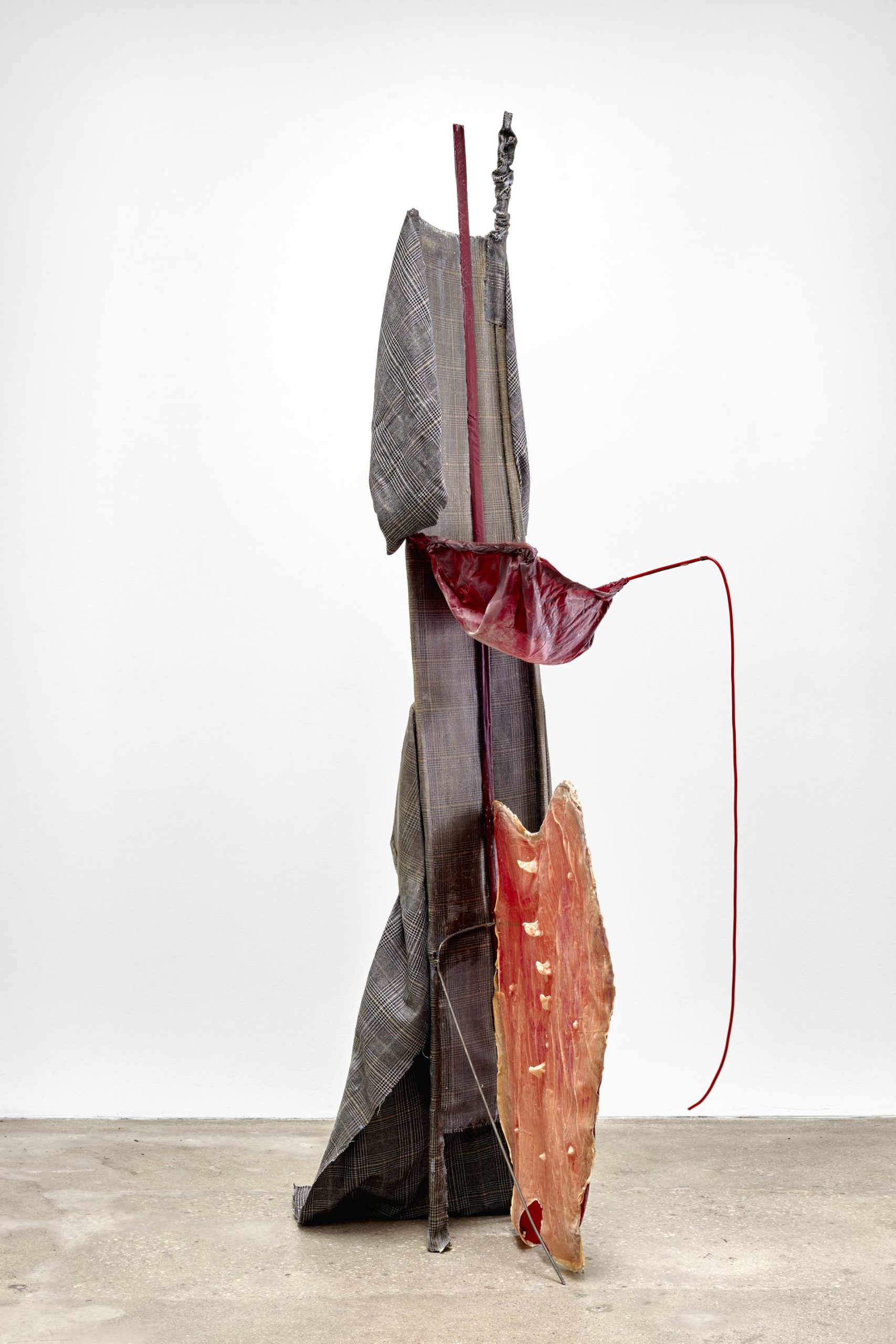 Exhibition view of “On The Brink Of My Sexy Apocalypse”
Exhibition view of “On The Brink Of My Sexy Apocalypse”January 25 – March 11, 2017
Courtesy of Hannah Hoffman Gallery
HH: We don’t have a public artists list, but we absolutely represent artists. It is the most important part of our work. I’ve resisted putting up a list as, for now, I am appreciating the opportunity to keep the focus on the work we are doing in the moment. It prevents the possibility of someone going online, looking at our “list,” and then thinking they understand exactly what we are about. Instead, I like to have the chance to talk with people directly, and I am comfortable with some of those conversations being the result of a little confusion. Our interactions end up being very one-on-one with both the artists as well as with collectors, curators, writers, et cetera.
WW: What do you wish collectors understood better about artists?
HH: What I wish the conversation better incorporated is as much about artists as it is about galleries. That there is no alternative funding model for the gallery world, and if collectors want to live in cities that have vibrant, emergent art scenes, they have to actually buy that kind of work. An artist’s ability to dedicate time to their work, and a gallery’s continued ability to mount exhibitions, pay rent, compensate staff, et cetera, is directly supported through sales.
WW: How do you unwind after a long day in the gallery?
HH: Eileen Myles, Virginia Woolf, Shirley Jackson, Audre Lorde, Jean Rhys, Kathy Acker, Amy Hempel, Joy Williams, and Tiffany Haddish.
WW: What will you be showing this summer?
HH: It is an interesting moment because we are in the process of moving from our current space. 2018 is going to be a year of transition, and there will be a period of spacelessness this fall. We have been talking a lot internally about what a gallery can be when you remove the expectations of a particular kind of space and schedule. Ultimately, our decision has been to go in the exact opposite direction of what is generally happening in an art world that that celebrates multiple locations and big buildings. That kind of ambition doesn’t resonate with me.
WW: What other galleries do you admire?
HH: I am constantly rereading the interview with Paula Cooper conducted by Matthew Higgs in 2012 for Interview. Michele Maccarone’s 2010 interview in Vice. And every bit of content I can find from Eau de Cologne. What Monika Sprüth began in the 1980s in Cologne is worth admiring every single day.
This article is published in Whitewall‘s spring 2018 Future Issue.






